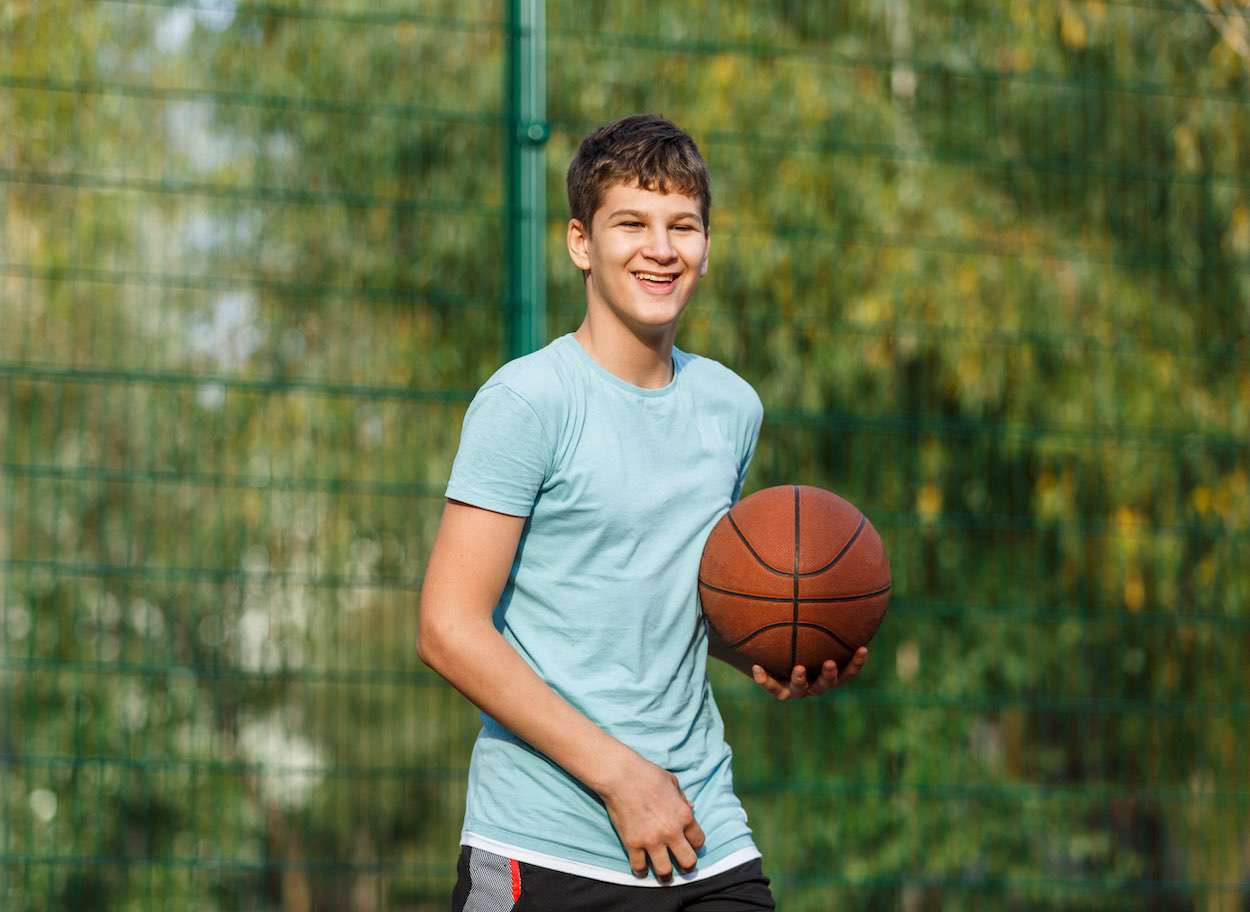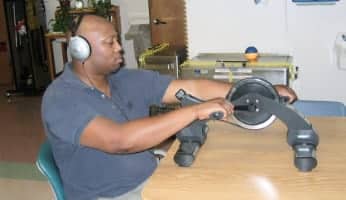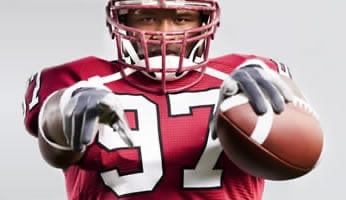Jimmy’s Diverse Achievements: From Basketball Stats to Music, Faith, and Swimming

Home - Testimonials - Pediatric Testimonials - Jimmy’s Diverse Achievements: From Basketball Stats to Music, Faith, and Swimming

Jimmy’s Diverse Achievements: From Basketball Stats to Music, Faith, and Swimming
Jimmy, the eldest son of Tom and Pediatrician Dr. Katherine Eggleston, was born missing the portion of his right leg below the knee, with dislocated hips, without ligaments in his left knee, and with a diaphragmatic hernia.
He had severe motor deficits and poor balance and coordination. As a result, he often fell. He walked awkwardly and then only with use of a rolling walker.
In 1995, the man who invented the Interactive Metronome (IM), met 8 year old Jimmy Eggleston. No one could have known then what changes IM would bring to Jimmy’s life. No one could have known then what changes Jimmy’s life would bring to others.
Recently IM caught up with 18 year old Jimmy Eggleston and his parents.
Q & A with Jimmy’s Parents: Tom & Kathy
Q: Had Jimmy received therapy before?
A: “Jimmy had been receiving excellent therapy from his school OT’s, PT’s, & SLP’s.”
Q: Were there other developmental issues that became apparent as he grew older?
A: “The doctors diagnosed him with congenital hip dysplasia and scoliosis.”
Q: What was your first impression of IM when you first heard about it?
A: “We had no idea what it was for, but we figured it was worth a try.”
Q: Were there immediate improvements for Jimmy? What were they?
A: “Right away he showed improvements in his fine and gross motor skills and his balance.”
Q: How did IM aid in Jimmy’s development?
A: “Jimmy became more independent, which of course made him more self confident. He then was able to do what his peers could do.”
Q: What is he doing today that you think Jimmy, IM had a role in helping him achieve?
A: “Simple things like tying his shoes. His handwriting is much easier to read now, and just getting around makes all the difference.”
Q: What is your impression of IM now?
A: “It’s a great tool for a lot of different deficits and it’s useful in a number of applications.”
Q & A with Jimmy
Q: How did your physical challenges affect you at home and at school?
A: “At home I used to crawl around the floor like a baby because I thought it was easier than walking with my walker. At school I couldn’t play outside with my friends and I felt left out.”
Q: What was your impression of IM?
A: “For the first 4 to 5 sessions I hated it. I thought it was challenging and I used to get tired easily. After I started getting better at it, I began to enjoy it more.”
Q: How did it help you?
A: “While I was going through the treatment, I noticed that my handwriting was easier to read. I had more concentration to do my homework and read. At the end, I was able to walk without my walker for the first time.”
Q: How did completing IM make you feel?
A: “Overall I was more confident in my abilities to perform everyday things.”
Jimmy After IM
Today, Jimmy loves basketball and is the Varsity basketball team manager, where he is responsible for keeping track of the stats during the game. Earlier in the season he filmed the games.
He is taking piano classes and involved in the Fellowship of Christian Athletes. Every summer he swims competitively on a team.
He will be graduating from high school with a 3.0 GPA. Jimmy plans on attending college to become a sports broadcaster.
Since we met Jimmy, therapists have used IM to help amputees cross marathon finish lines and the thresholds of their front doors after long hospitalizations.
It started with Jimmy but it doesn’t end with him. Thousands of patients with coordination, balance and gait disorders continue to need IM’s intervention to help them become more independent.




